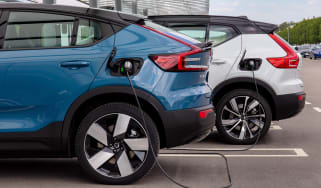How to plan an EV road trip: tips for long drives in your electric car
Going on a long drive in an electric car can be intimidating; we give our top tips to make your trip go smoothly
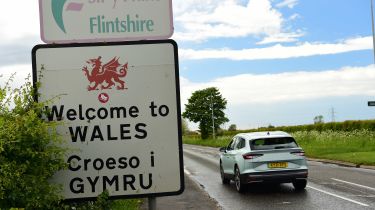
It’s fair to say that the UK public’s collective range anxiety isn’t what it once was. There was a time, not very long ago, when most folk would deem it completely unthinkable to do a journey any longer than the school run in an electric car.
However, the steady increases in the range of many electric cars – thanks to improved efficiency and larger batteries – along with the constant expansion of the UK’s public charging network, has served to reduce those fears over time.
Reduce, that is – not eliminate. The fact is, despite progress in these areas, we’re still not at the point where we can go out and buy any old electric car, and run it into the sunset for as long as we like, knowing that we’ll get to our destination without a hitch.
Yes, long-distance travel in an EV is possible, and it’s also easier today than it’s ever been before. However, it does still need some careful planning if you’re going to be confident of getting to your destination without unforeseen problems or delays. Here, we give you our top tips on how to plan your journey to give you the best chance of avoiding the various pitfalls.
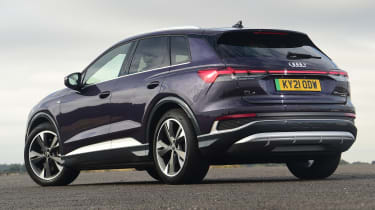
Know your car
The first thing to figure out is precisely what your car is capable of. Not all electric cars are made equal, and while some of the longest-range EVs can go more than 400 miles on a full charge according to official figures, others can barely scrape three figures. It’s important to know where on the range spectrum your car sits, so that you have a good idea what sort of mileage you can achieve between top-ups.
And of course, those official figures should be taken with a considerable pinch of salt. They come from laboratory-based tests and are all-but impossible to replicate in the real world. The exact range you actually end up getting in normal driving will depend on a wide variety of factors (speed, acceleration, ambient temperature, prevailing road conditions, etc) so it’s important to build some conservatism into your expectations. If you’ve owned your electric car for a while, it’s best to use your previous experience of your own car to estimate what’s achievable.
The other thing you need to know about your car is the charging speed it’s capable of. There’s no point going to all the time and effort of seeking out a high-capacity 350kW rapid charger (you’ll do very well to find one of those in the UK anyway!) if your car can only accept a maximum rate of 50kW. And of course, it works the other way, too: just because your car is capable of charging at, say, 100kW, a 50kW charger is still only going to deliver a peak rate of 50kW.
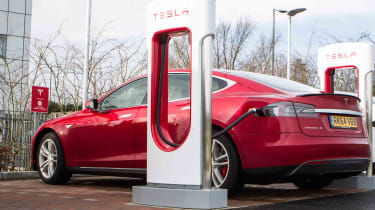
Plan your charging before setting off
If you know where you’re going and which route you plan to take to get there, then it’s relatively easy to find chargers along the way. The easiest way to do it is to use an app such as Zap-Map. This will tell you where chargers are, what charging speeds are available, what the payment terms are, which connector types are supported, how many outlets are available, and also how many of these outlets are either occupied or out-of-order. It’ll also tell you which of the various companies operates the charging station in question, of course. This is important as some charging networks such as Tesla's wide array of Superchargers have only recently started opening up to all EV owners, so it's always worth checking beforehand whether your car is compatible.
It’s important not to take what you’re told as gospel, though. It’s common for a high capacity charger to be running at lower speeds for one reason or another, and it’s also common to rock up to a charger that the app says is unoccupied and operational, only for it to not be. That’s why it’s always important to have a backup plan – more on that later.
As a first step to planning your charging, figure out any stops along the way that you plan to make, regardless of charging. If you plan to have lunch at a particular restaurant, drop into a supermarket to stock up on supplies, or go to a shopping centre to visit a particular outlet, many such places will have charging facilities on-site or nearby, and if your car is sitting there doing nothing while you’re off doing other things, it may as well be getting a cheeky top-up.
Also make sure that the charger you select is as appropriate as possible for the nature of your stop. If you’re only pausing for a matter of minutes, it pays to try and find a high-capacity DC rapid charger to get as much juice into your battery as you can. However, if you’re making an overnight stop at a hotel, then a slower AC charger will probably suffice. It’s sensible to book a hotel with a charger on-site as these are fairly commonplace these days, and it’s worth making a note of the hotel’s phone number so you can ring to check that the charger is working and available shortly before you arrive.
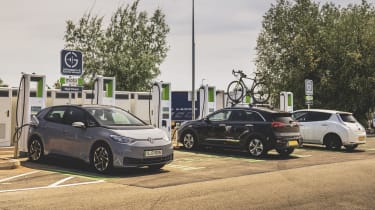
Have a backup plan
When planning stops purely for charging purposes, figure out a realistic distance you’ll be able to achieve since your last charge, with a reasonable amount of wiggle-room factored in. Normally, public chargers are much more commonplace in bigger towns or cities than they are in rural areas, so it’s a good idea to focus your searches there, and to make sure that you’ll be well juiced up before venturing into the countryside.
It’s usually a good idea to try and find the fastest charging point you can, but it’s also good to select one where there are other rapid chargers nearby, in case there’s some sort of problem with the one you preselected. As the name suggests, Zap-Map displays these charger locations on a map, so look for clusters of rapid chargers. If you’ve left enough wiggle-room, you should hopefully be able to make it to an alternative charger of a comparable output on the charge you have left.
That’s the other good thing about having your app of choice downloaded onto your mobile device: if there’s a problem with your backup plan, and your backup plan needs a backup plan, then you have your app there with you as a contingency.
It also pays to have access to as many chargers as possible, just in case. Contactless card payment is becoming more and more commonplace these days – it’s now been made law that all new chargers feature this tech, in fact – which is helping to reduce the problem of access. But some chargers still require a paid subscription to the company operating it, and many more require you to download the company’s app in order to start a charge. On the former point, it’s probably not worth signing up to a whole bunch of subscriptions, but on the latter, many of these apps are free, so it might be worth downloading a few of the more widespread ones if you haven't already, so that you're all ready and set up in advance of your trip.
Anything else?
It’s unlikely you’ll be able to do much about the weather on your trip, but it’s worth bearing in mind that extreme temperatures are not an electric car’s friend. Too cold and the battery depletes a lot more quickly, while if it’s too hot, you’ll probably have the air-con blasting away to keep you cool, which will again reduce your range. Happily, extreme temperatures don’t tend to occur too often in the UK, and drizzle – which happens all the time – has very little effect.
Recommended

Government EV chargepoint grant extended to drivers without a driveway
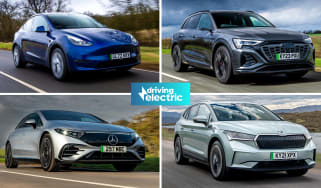
Top 10 electric cars with the biggest boots 2024
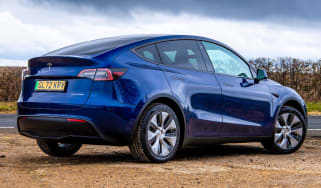
“Electric cars are fair game”: Tesla vandalised by climate activists
Most Popular
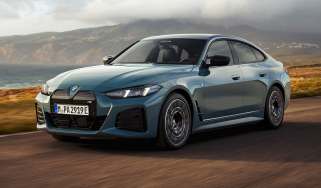
Revamped BMW i4 targets executive EV top spot
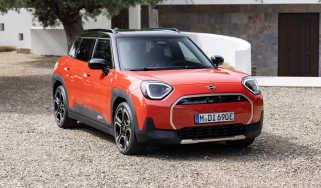
New MINI Aceman revealed in full: baby SUV aims for style and substance
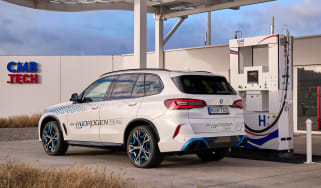
Where can I buy hydrogen and where is my nearest hydrogen filling station?

